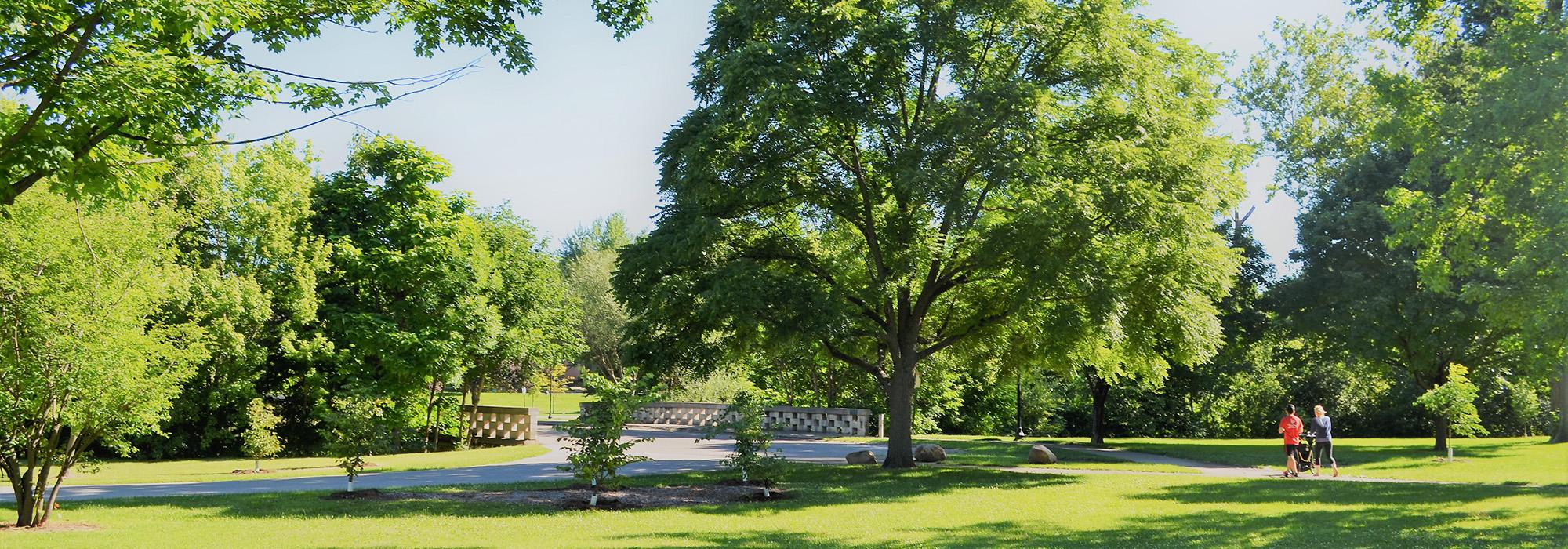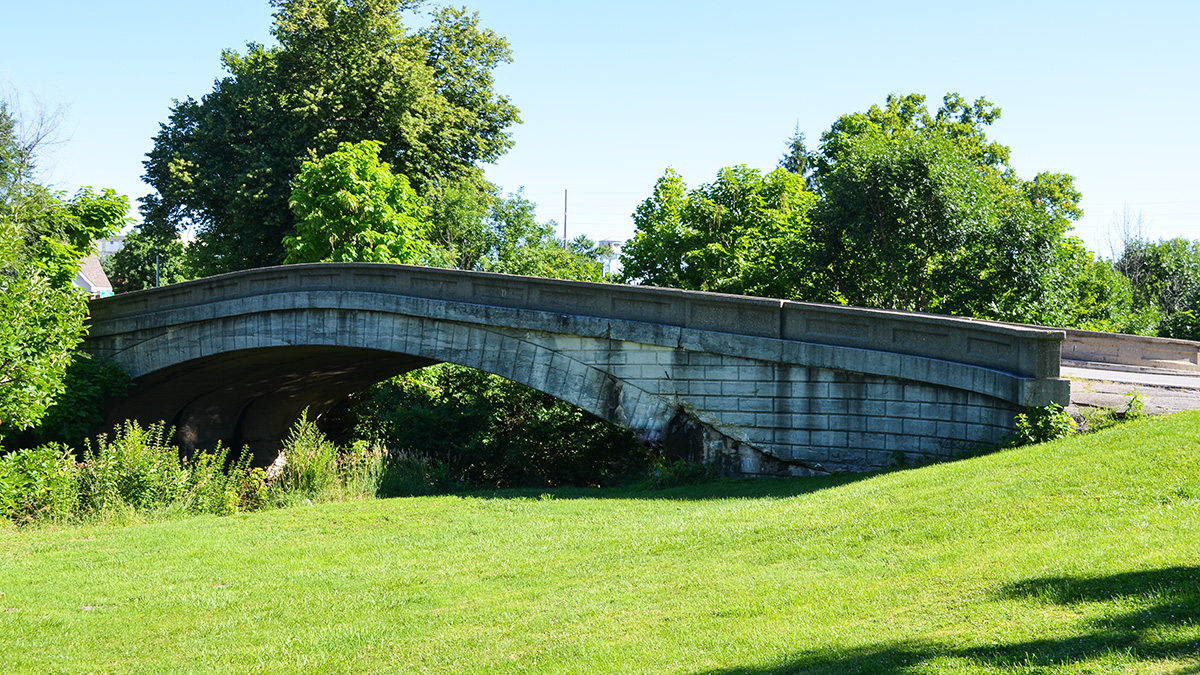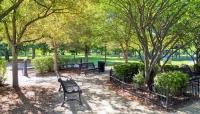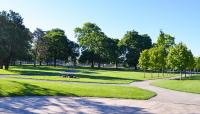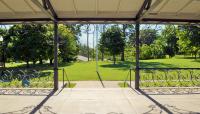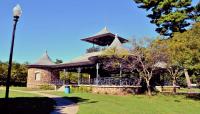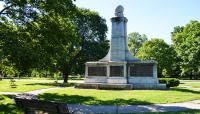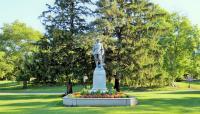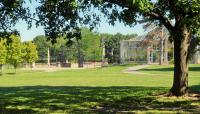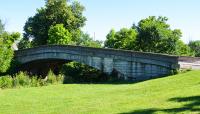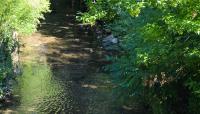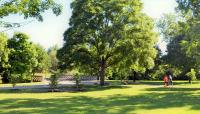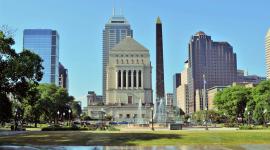Landscape Information
The oldest city park in Indianapolis, this 128-acre hilly landscape is located 2.7 miles southeast of downtown. Initially constructed from 1874, the park’s design was overseen by its superintendent, J. Clyde Power. Over the course of its first 35 years, features were added slowly as funds became available and the site became more accessible from the city center – most significantly when a trolley stop was added to the park in the early 1900s. A total of seven bridges were constructed over the Pogues Run and Bean Creeks that flowed through the site. Swimming beaches were added along the creek banks, and the pagoda, with its curved copper roof and wrought iron and concrete base, was installed.
In 1909 the site was redesigned by George Kessler to conform to the broader context of his park system. Kessler retained many of Garfield Park’s original features, while instating a network of scenographic drives and walks. In 1915 Kessler designed a conservatory and accompanying three-acre sunken gardens. Several other structures were added at this time, including the community house (now The Garfield Park Arts Center) and the amphitheater (now The MacAllister Center for the Performing Arts). In 1954 the deteriorating conservatory was replaced with an all-welded aluminum frame structure by local architecture firm Burns and Burns. Restoration work was completed on the pagoda and sunken gardens in the 1970s, and architecture firm RATIO created a master plan in 1995 to guide future work that resulted in the rehabilitation of the conservatory and its gardens. The park was included in the National Register of Historic Places in 2003 as a part of the Indianapolis Park and Boulevard System.



